Home>Furniture & Design>Interior Design Trends>How Dangerous Is Uranium Glass
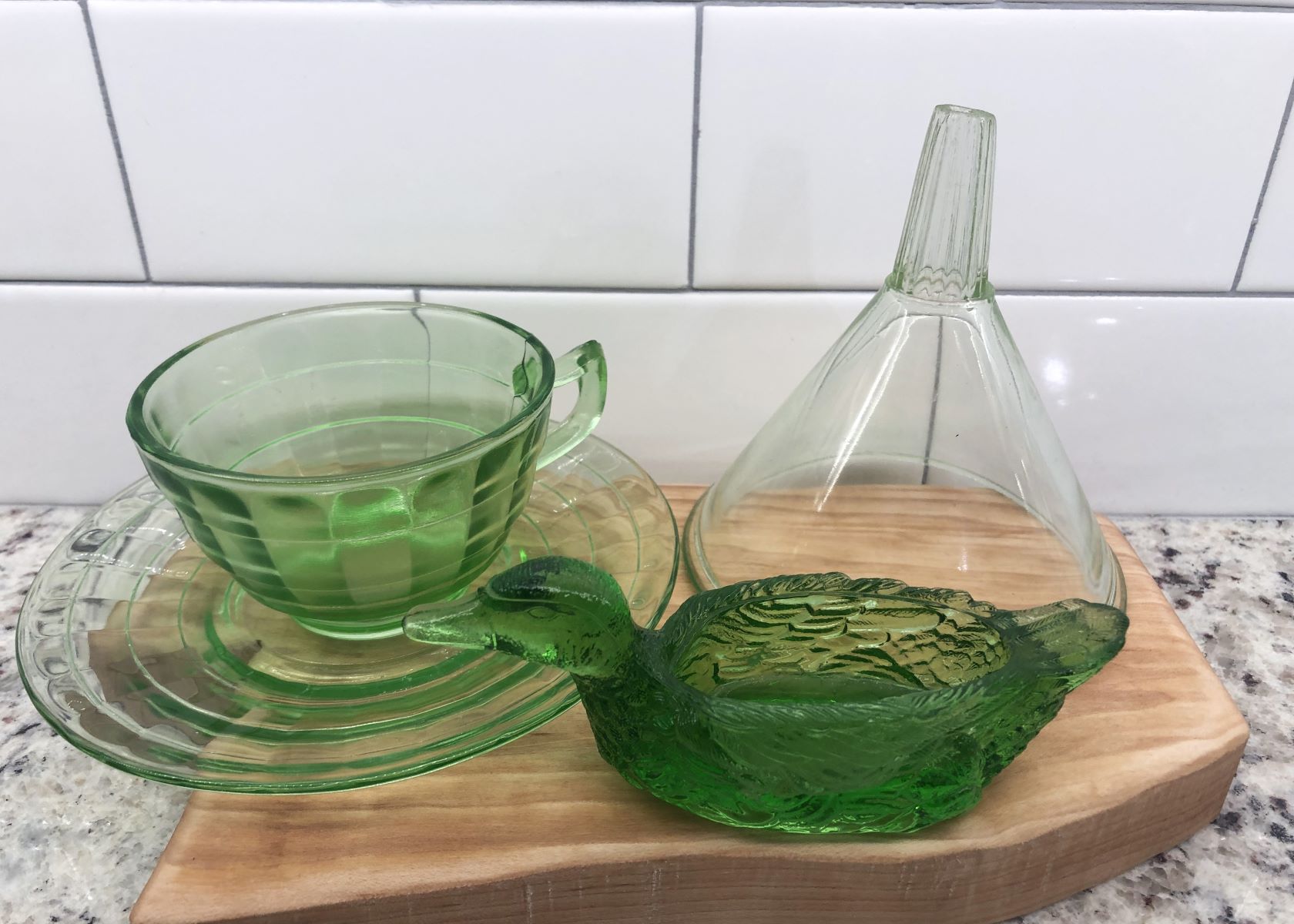

Interior Design Trends
How Dangerous Is Uranium Glass
Modified: April 21, 2024
Discover the interior design trend of uranium glass and learn about its potential dangers. Stay informed about the latest trends in interior design.
(Many of the links in this article redirect to a specific reviewed product. Your purchase of these products through affiliate links helps to generate commission for Storables.com, at no extra cost. Learn more)
What is Uranium Glass?
Uranium glass, also known as Vaseline glass, is a type of glass that contains uranium oxide. This unique glass gained popularity in the 19th century due to its distinct fluorescent green or yellowish color when exposed to UV light. The uranium content in the glass gives it a characteristic glow, making it a sought-after collectible for enthusiasts and antique lovers.
The use of uranium in glassmaking dates back to the 1830s, and it was commonly utilized in the production of tableware, decorative items, and even jewelry. The addition of uranium oxide to the glass mixture not only imparted a vibrant hue but also provided a means of identifying the glass due to its distinctive radioactive properties.
Uranium glass comes in various forms, including plates, cups, vases, and figurines, each showcasing the mesmerizing fluorescence that sets this glass apart from conventional glassware. The striking visual appeal of uranium glass has contributed to its enduring allure, with collectors and enthusiasts often drawn to its captivating radiance.
The incorporation of uranium in glassmaking represents a fascinating intersection of science and art, as it demonstrates the ability to infuse everyday objects with a captivating and otherworldly quality. Despite its radioactive nature, uranium glass continues to captivate individuals with its unique aesthetic and historical significance.
Key Takeaways:
- Uranium glass, also known as Vaseline glass, glows fluorescent green or yellow under UV light due to its uranium content. While it’s a sought-after collectible, cautious handling and limited exposure are advisable due to its low-level radiation.
- The production, usage, and disposal of uranium glass require careful consideration of its radioactive properties. Regulatory guidelines and safety measures are crucial for safeguarding human health and minimizing environmental impact.
Read more: What Is Uranium Glass
How is Uranium Glass Made?
Uranium glass, also known as Vaseline glass, is crafted using a specialized process that involves the incorporation of uranium oxide into the glass mixture. The addition of uranium oxide is what gives this glass its distinctive fluorescent properties, setting it apart from traditional glassware.
The production of uranium glass begins with the selection of high-quality raw materials, including silica sand, soda ash, and lime. These ingredients form the foundation of the glass mixture, providing the essential components for creating a durable and visually appealing product.
Once the raw materials are gathered, they are carefully measured and combined in precise proportions to form the glass batch. This meticulous blending of ingredients is crucial for achieving the desired chemical composition and physical properties of the glass.
The next step in the process involves the introduction of uranium oxide, which imparts the characteristic green or yellowish color to the glass. The uranium oxide is added to the glass batch in carefully controlled amounts, ensuring that the resulting glass exhibits the desired fluorescence without compromising its structural integrity.
After the uranium oxide is incorporated, the glass batch undergoes a thorough mixing and melting process in a high-temperature furnace. This intense heat causes the ingredients to fuse together, forming a molten glass that is then shaped and molded into the desired forms, such as plates, cups, vases, or decorative items.
Once the glass has been formed, it undergoes a meticulous cooling process to ensure its stability and durability. This cooling phase is essential for preventing thermal stress and ensuring that the glass achieves the desired optical and physical properties.
The final product is a stunning piece of glassware that exhibits the mesmerizing fluorescence characteristic of uranium glass. The intricate process of creating uranium glass highlights the fusion of artistry and scientific innovation, resulting in a unique and visually captivating material that continues to fascinate collectors and enthusiasts around the world.
Health Risks of Uranium Glass
Uranium glass, renowned for its captivating fluorescence, also raises concerns regarding potential health risks associated with its radioactive properties. The presence of uranium in the glass composition necessitates a thorough understanding of the potential implications for human health.
The primary health risk associated with uranium glass pertains to the low levels of radiation emitted by the uranium oxide present in the glass. While the radiation levels are generally considered to be low and pose minimal risk during typical use, prolonged and extensive exposure to uranium glass may warrant caution.
Direct and prolonged contact with uranium glassware, particularly through handling or frequent use, may result in minimal radiation exposure. However, the cumulative effect of prolonged exposure could potentially contribute to increased radiation absorption. This is particularly relevant for individuals who collect and handle uranium glass on a regular basis, as they may be at a slightly elevated risk of radiation exposure over time.
Furthermore, the potential release of radioactive particles from damaged or degraded uranium glassware presents a notable concern. If uranium glass items are chipped, cracked, or otherwise damaged, there is a possibility of radioactive particles being released into the immediate environment. This scenario underscores the importance of handling uranium glass with care and ensuring that any damaged items are properly managed to prevent potential exposure to radioactive materials.
It is essential to note that the health risks associated with uranium glass are primarily contingent on the extent and duration of exposure. While the radiation emitted by uranium glass is generally considered to be low and poses minimal risk during typical use, prudent handling and usage practices are advisable to mitigate potential health concerns.
In light of these considerations, individuals who collect or utilize uranium glass are encouraged to exercise caution and adopt appropriate safety measures. This may include minimizing direct and prolonged contact with uranium glassware, particularly in the case of damaged items, and implementing proper storage and handling practices to mitigate potential health risks.
Overall, while the health risks associated with uranium glass are relatively low under typical usage conditions, a conscientious approach to handling and using these unique glass items is advisable to ensure the well-being of individuals who interact with them.
When handling uranium glass, always wash your hands after touching it and avoid prolonged exposure. Keep it out of reach of children and pets to prevent ingestion.
Environmental Impact of Uranium Glass
The environmental impact of uranium glass encompasses considerations related to its production, usage, and disposal. While uranium glass is renowned for its captivating fluorescence and historical significance, it is essential to evaluate its environmental implications, particularly in the context of its radioactive properties.
The production of uranium glass involves the incorporation of uranium oxide into the glass mixture, which raises concerns regarding the handling and disposal of radioactive materials. The careful management of uranium-containing waste generated during the glassmaking process is crucial to prevent environmental contamination and ensure the safety of workers and surrounding ecosystems.
Furthermore, the usage and eventual disposal of uranium glass items warrant attention from an environmental perspective. While the radiation emitted by uranium glass is generally considered to be low and poses minimal risk during typical use, the potential release of radioactive particles from damaged or degraded glassware presents environmental concerns. Proper handling and management of damaged uranium glass items are essential to prevent the release of radioactive materials into the environment.
In the context of disposal, the long-term environmental impact of uranium glass must be carefully considered. As uranium glass items reach the end of their lifecycle, responsible disposal practices are necessary to mitigate potential environmental risks. Proper disposal methods, such as recycling or appropriate waste management, are essential to prevent the inadvertent release of radioactive materials into the environment.
Additionally, the potential for uranium glass items to enter the secondary market, such as antique markets or resale channels, underscores the importance of educating both sellers and buyers about the proper handling and disposal of these unique glassware items. Awareness of the radioactive properties of uranium glass can facilitate informed decision-making regarding its management and potential resale, thereby contributing to the mitigation of environmental impact.
Overall, while the environmental impact of uranium glass is primarily associated with its radioactive properties and the potential implications for waste management and disposal, conscientious handling and responsible disposal practices can help minimize environmental risks. By fostering awareness and understanding of the environmental considerations associated with uranium glass, individuals and industry stakeholders can contribute to the sustainable management of this distinctive glass material.
Regulations and Safety Measures for Uranium Glass
Regulations and safety measures pertaining to uranium glass are essential considerations in ensuring the responsible handling, usage, and disposal of this unique glass material. Given the radioactive properties associated with uranium glass, regulatory guidelines and safety protocols play a crucial role in safeguarding human health and minimizing environmental impact.
Regulatory frameworks governing the production, distribution, and sale of uranium glass are designed to uphold safety standards and mitigate potential risks associated with its radioactive nature. These regulations may encompass guidelines for the permissible uranium content in glassware, labeling requirements to indicate the presence of uranium, and protocols for handling and managing uranium-containing materials in manufacturing facilities.
In addition to regulatory oversight, the implementation of safety measures for individuals who interact with uranium glass is paramount. This includes providing clear guidance on safe handling practices, emphasizing the importance of minimizing direct and prolonged contact with uranium glassware, and promoting awareness of the potential health risks associated with radiation exposure.
Furthermore, safety measures extend to the proper storage and display of uranium glass items, particularly in settings such as museums, antique shops, and private collections. Ensuring that uranium glassware is securely stored and displayed in a manner that minimizes the risk of damage or breakage is essential for preventing the release of radioactive particles and mitigating potential health and environmental concerns.
Disposal protocols for uranium glass, whether at the end of its useful life or in the event of damaged items, also form a critical aspect of safety measures. Proper disposal methods, in accordance with regulatory guidelines and best practices, are essential to prevent the inadvertent release of radioactive materials into the environment and to uphold responsible waste management principles.
Overall, the establishment of clear regulations and the implementation of robust safety measures for uranium glass are fundamental to promoting the safe and conscientious management of this distinctive glass material. By adhering to regulatory requirements, embracing safe handling practices, and prioritizing responsible disposal, individuals and industry stakeholders can contribute to the sustainable and secure utilization of uranium glass while minimizing potential health and environmental risks.
Frequently Asked Questions about How Dangerous Is Uranium Glass
Was this page helpful?
At Storables.com, we guarantee accurate and reliable information. Our content, validated by Expert Board Contributors, is crafted following stringent Editorial Policies. We're committed to providing you with well-researched, expert-backed insights for all your informational needs.
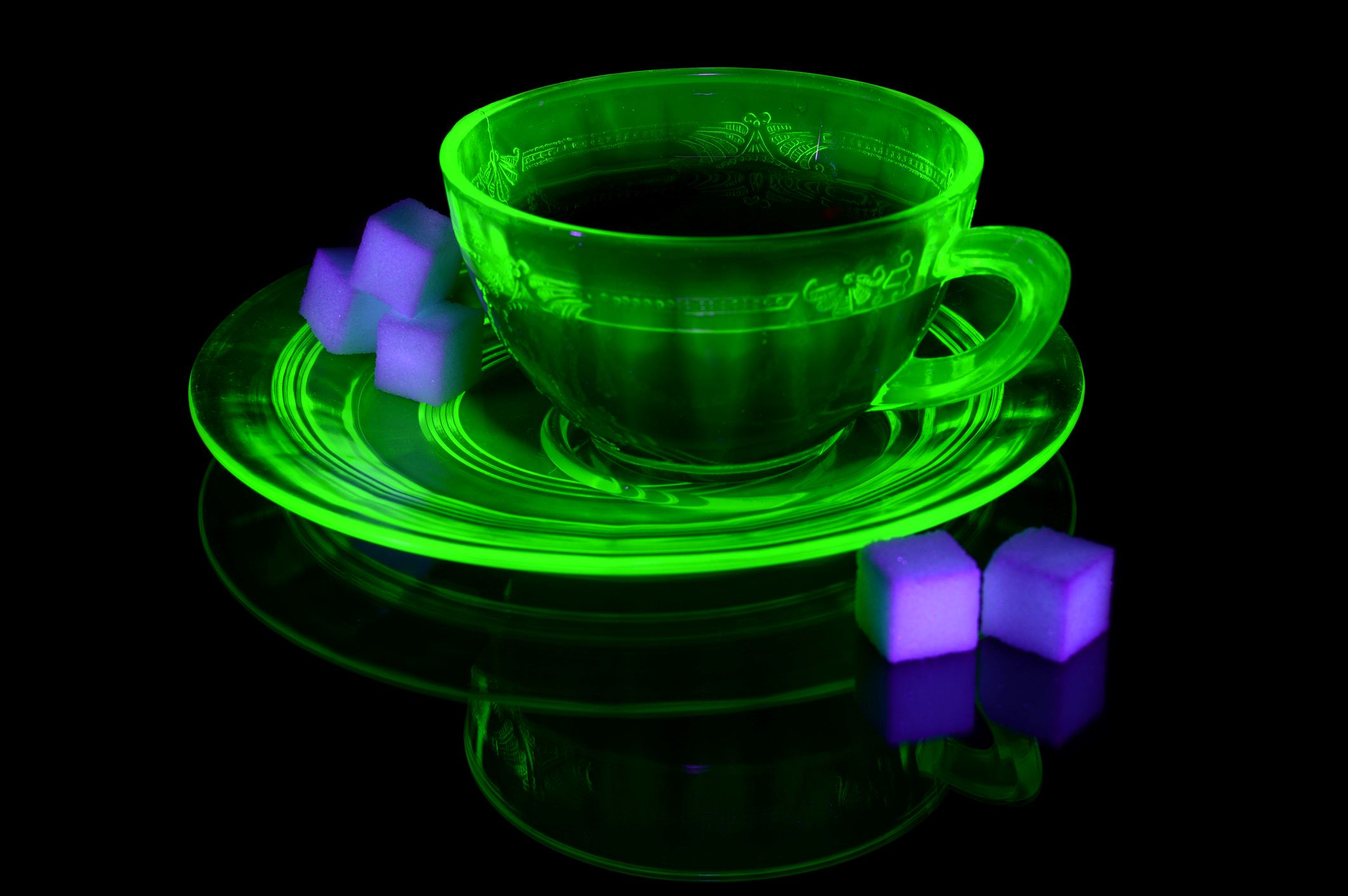
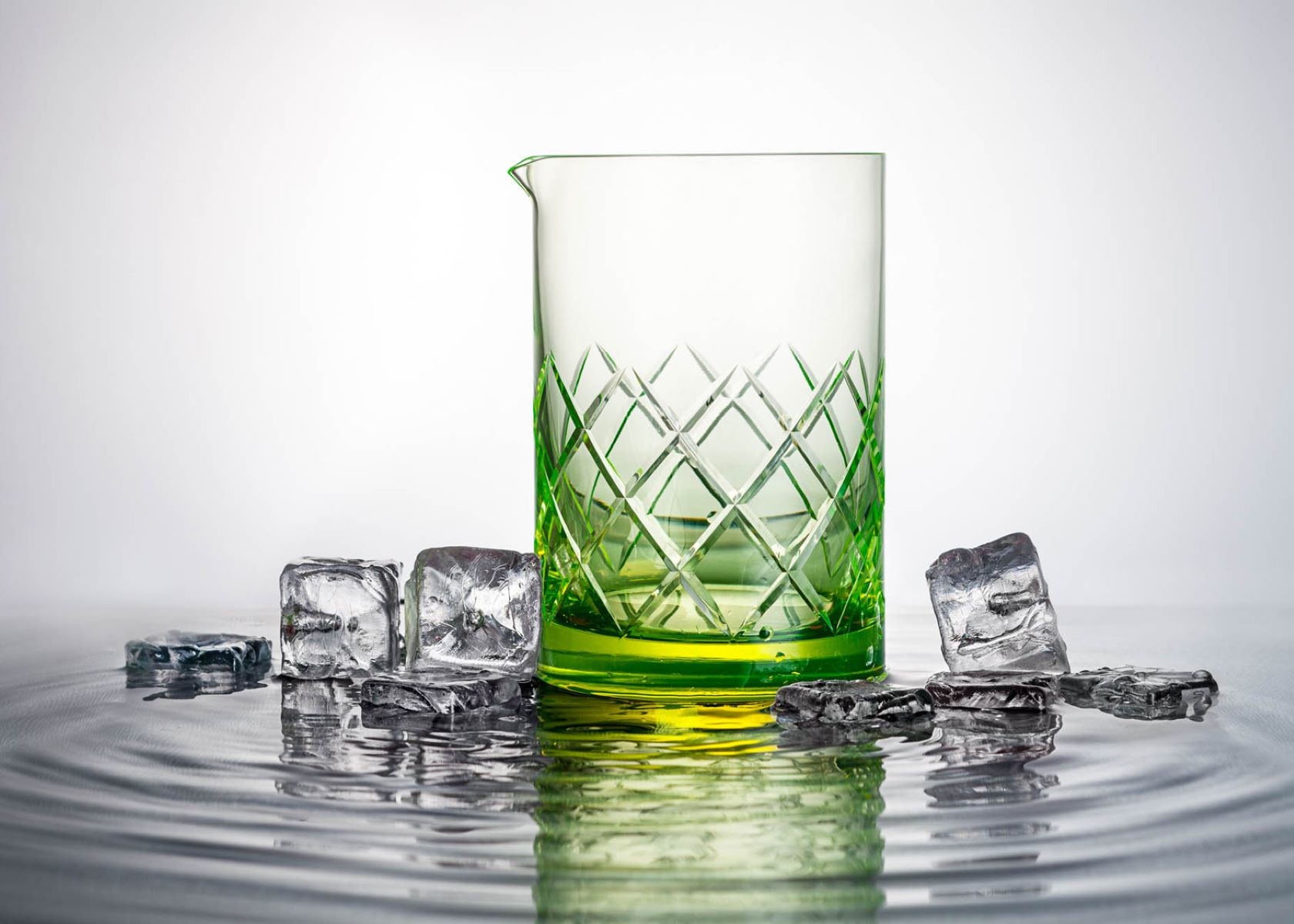
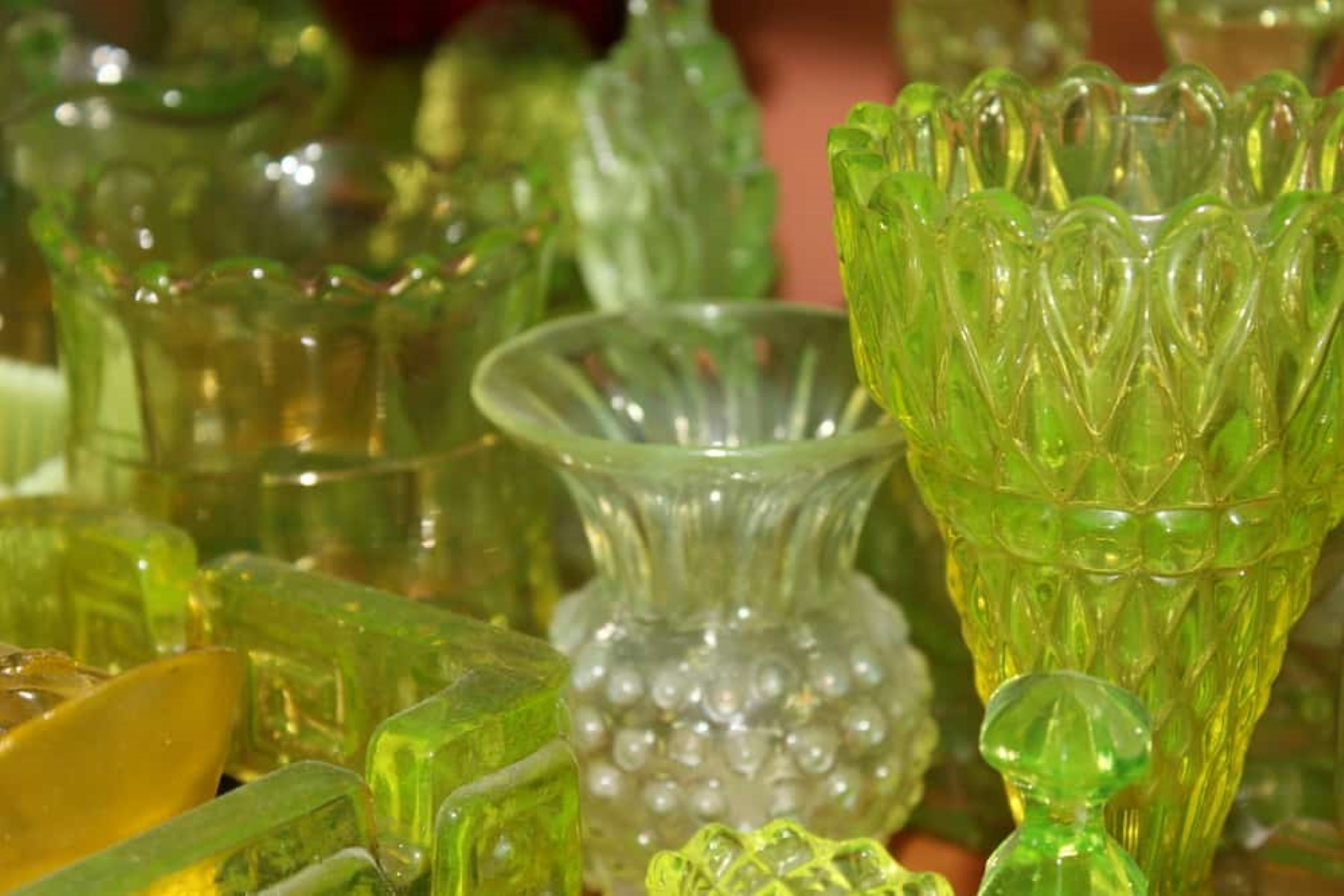
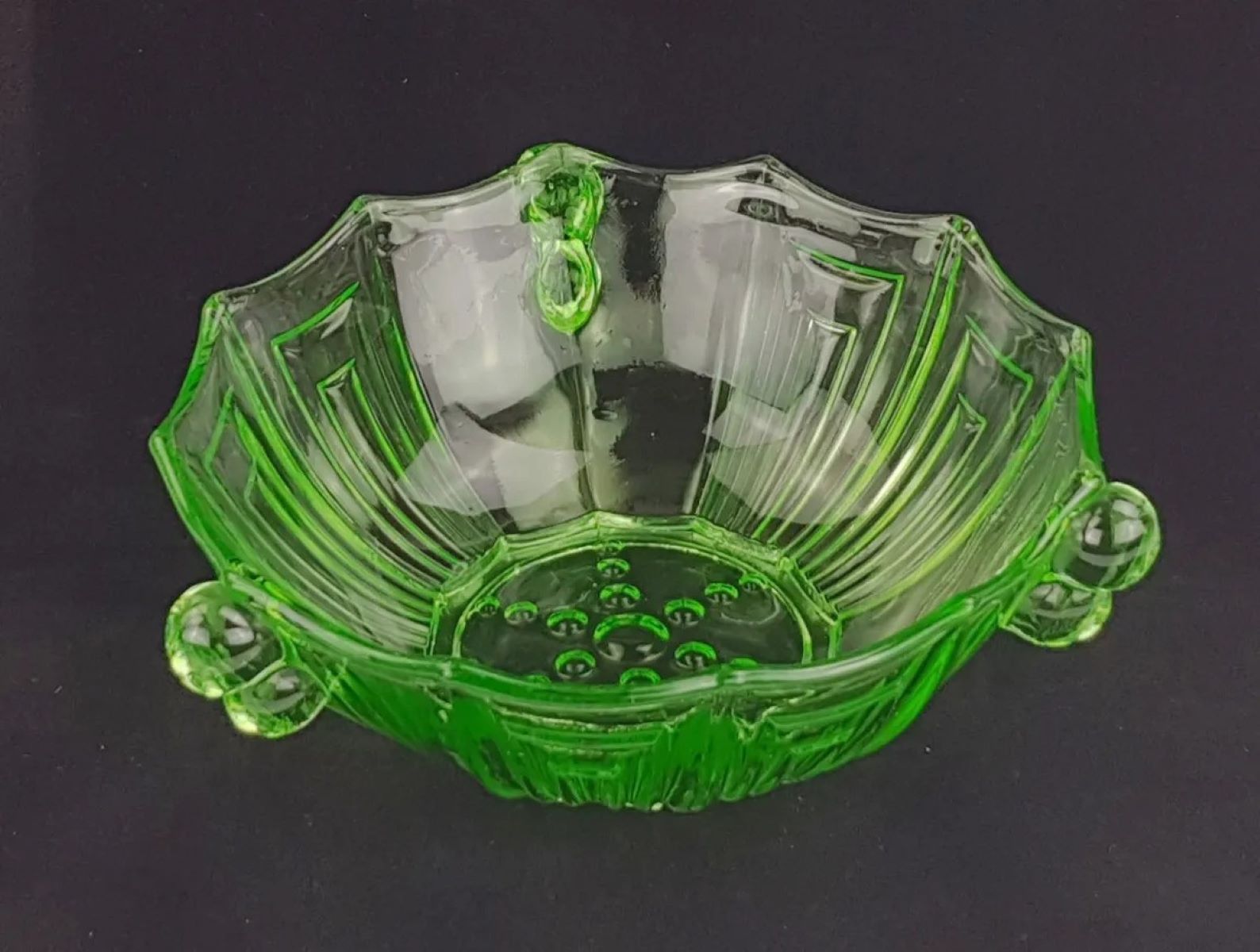
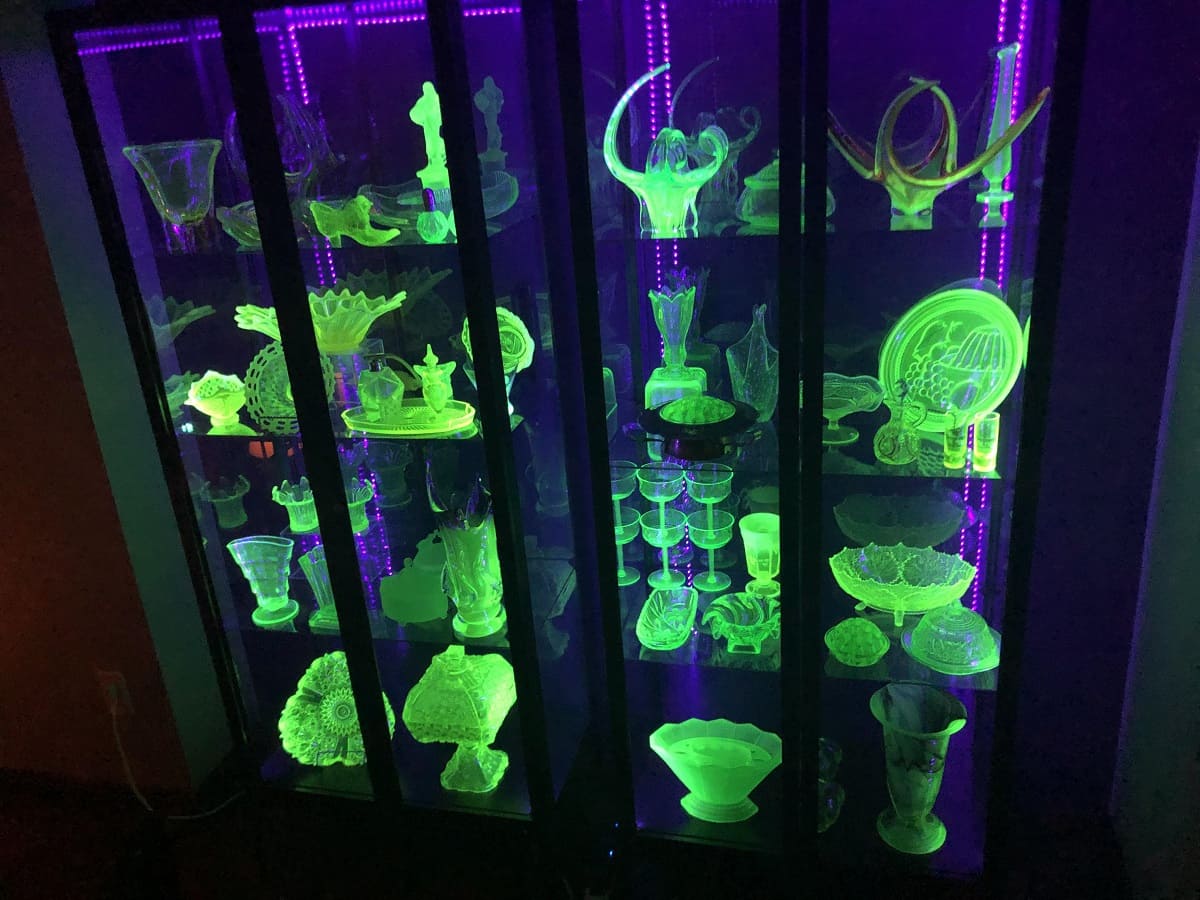
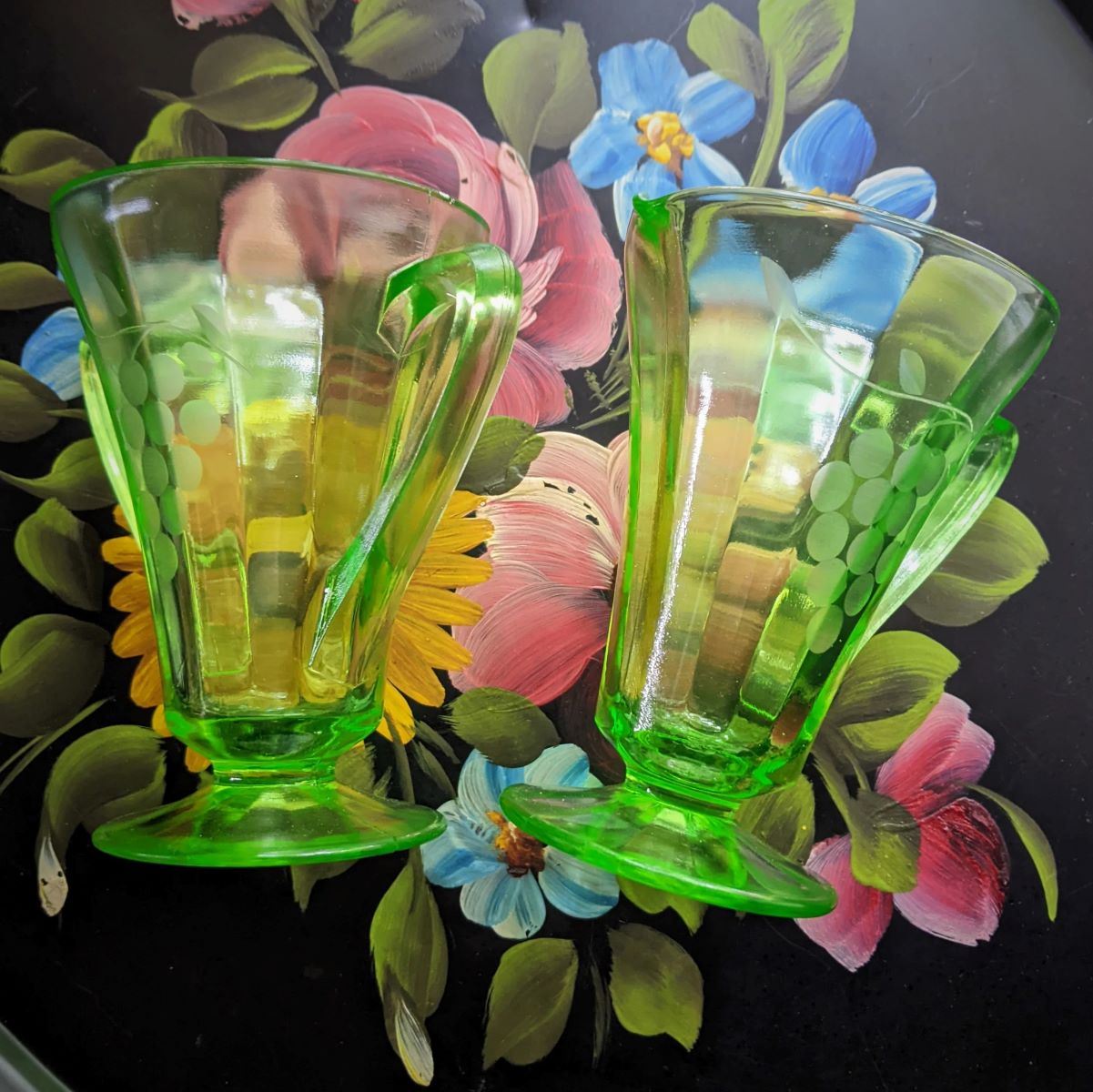
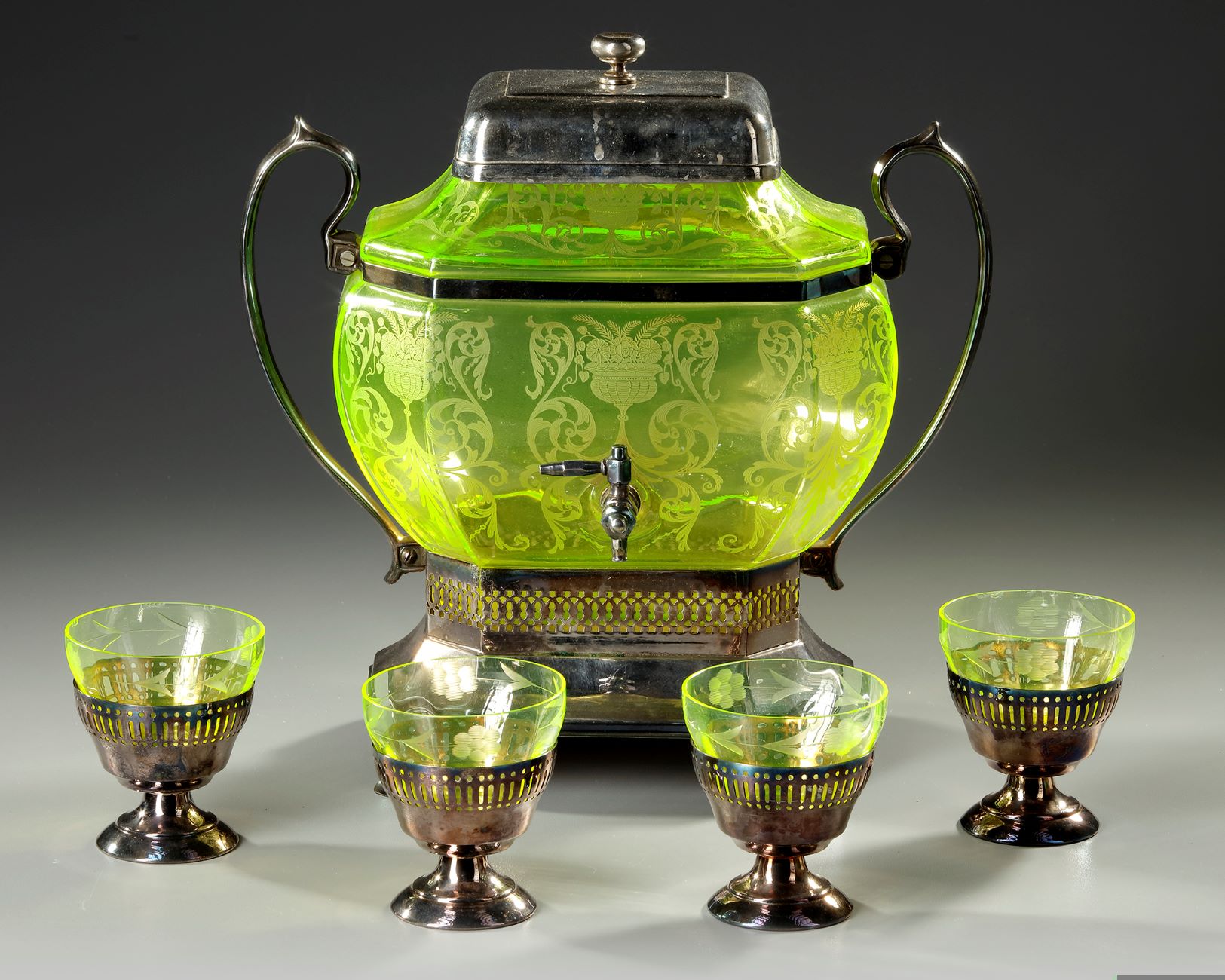
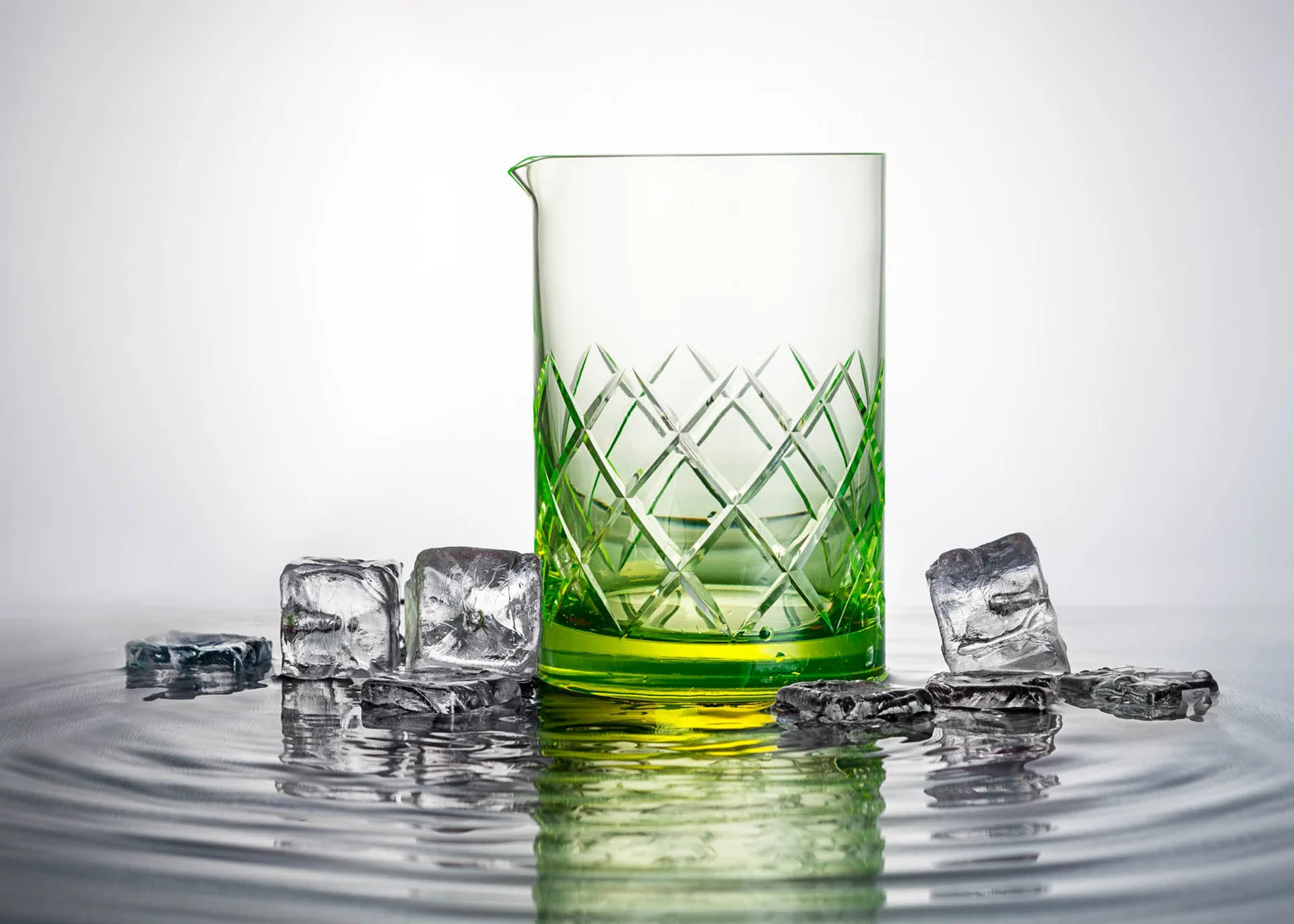
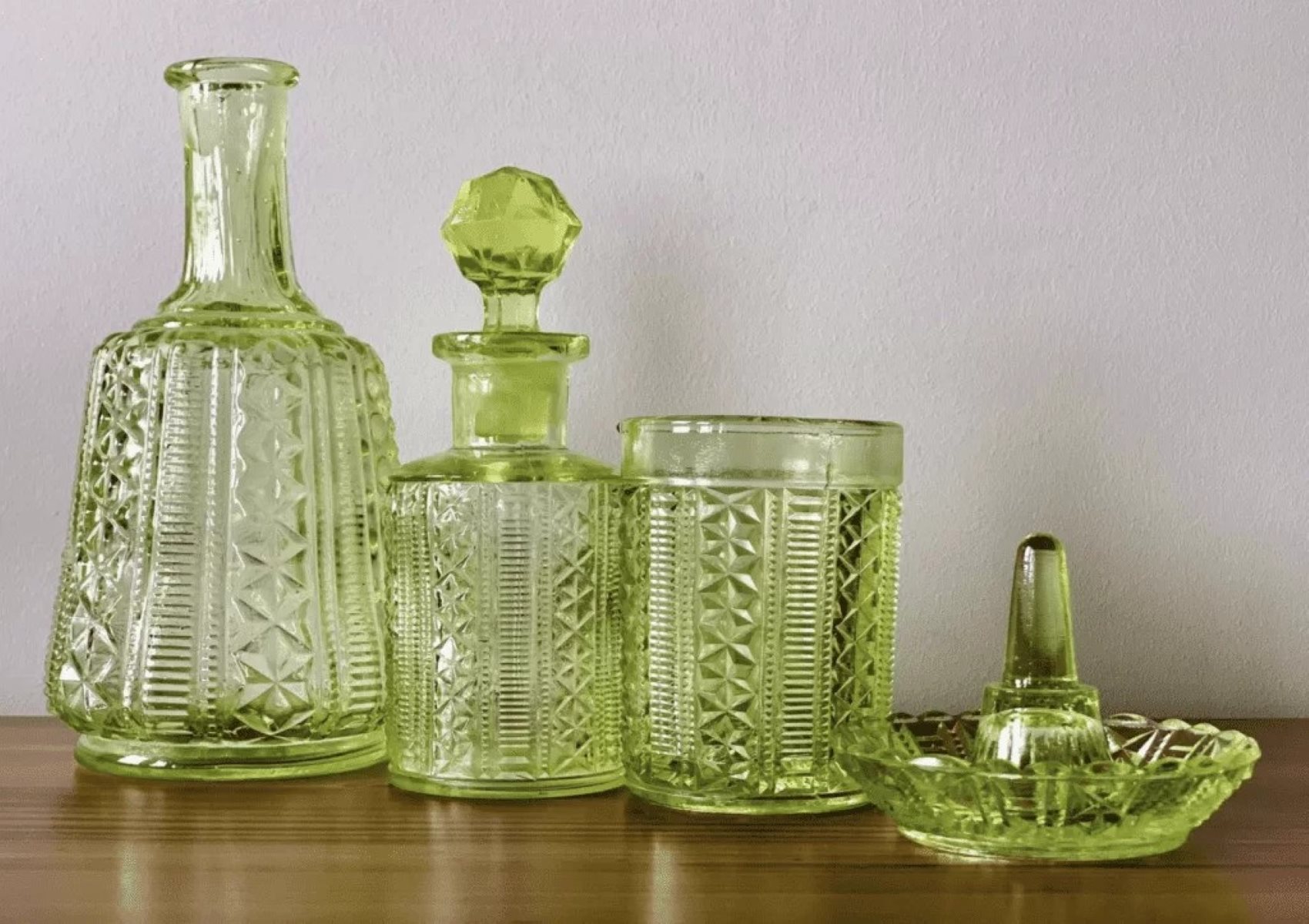
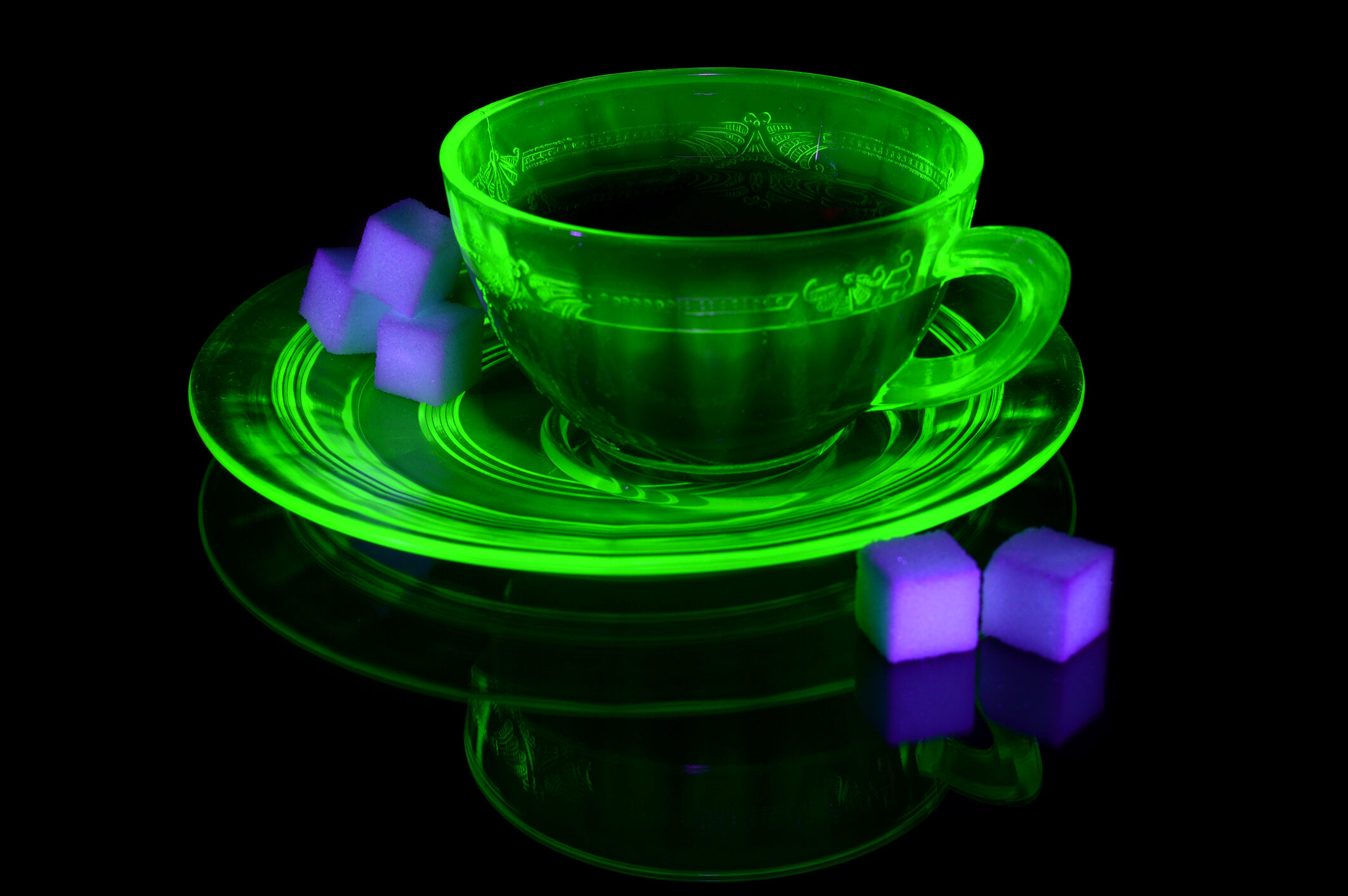
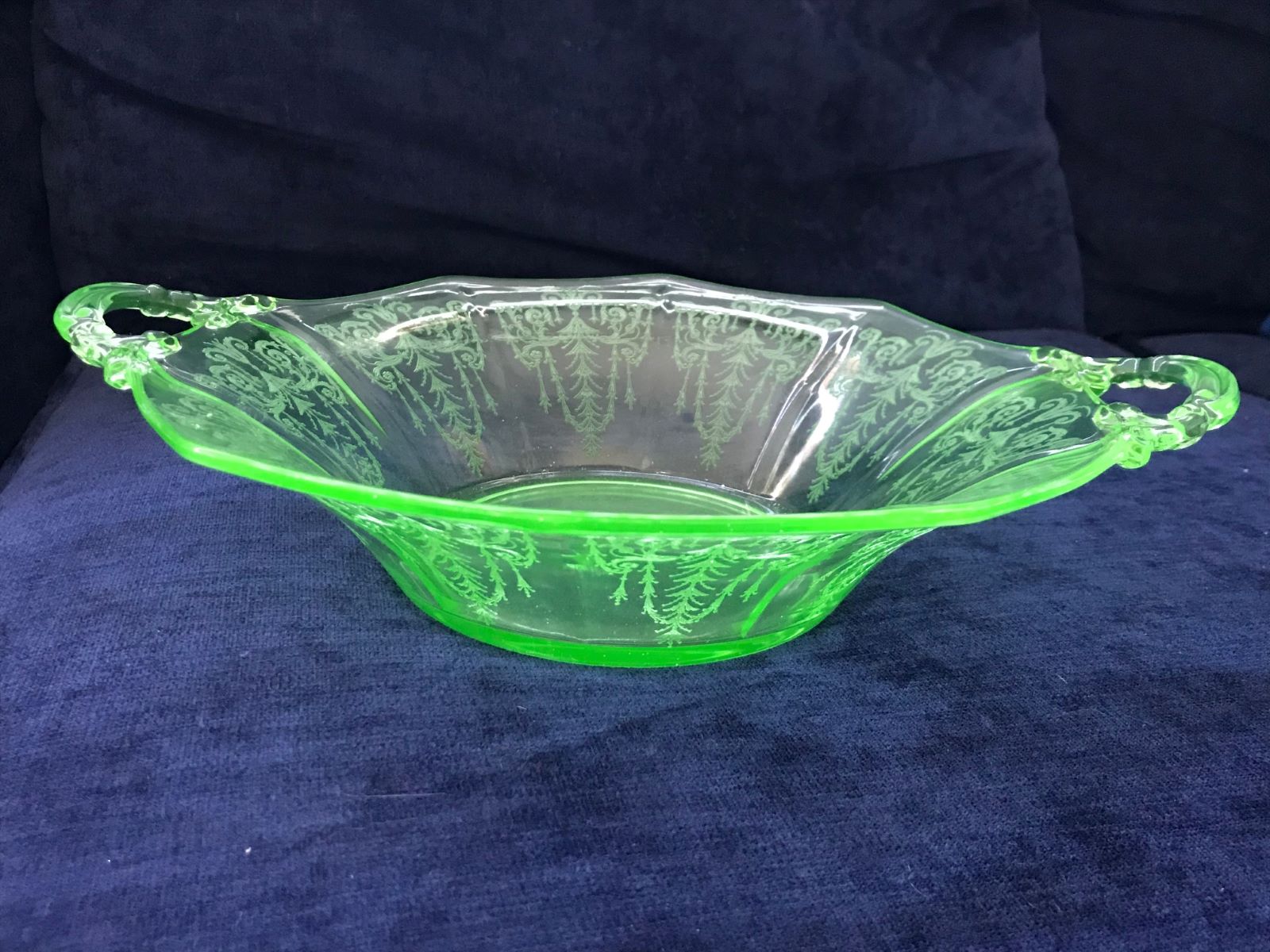
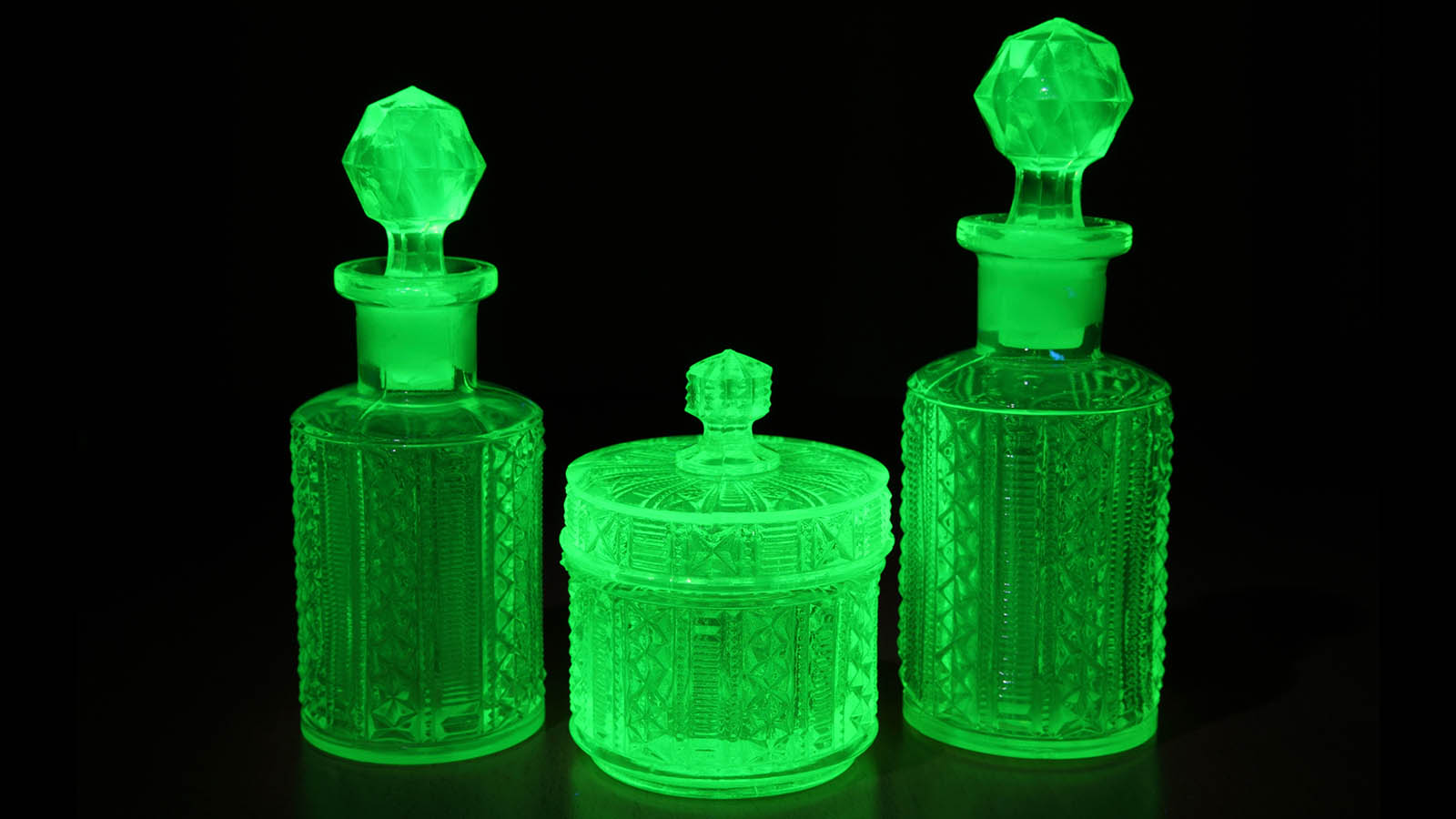
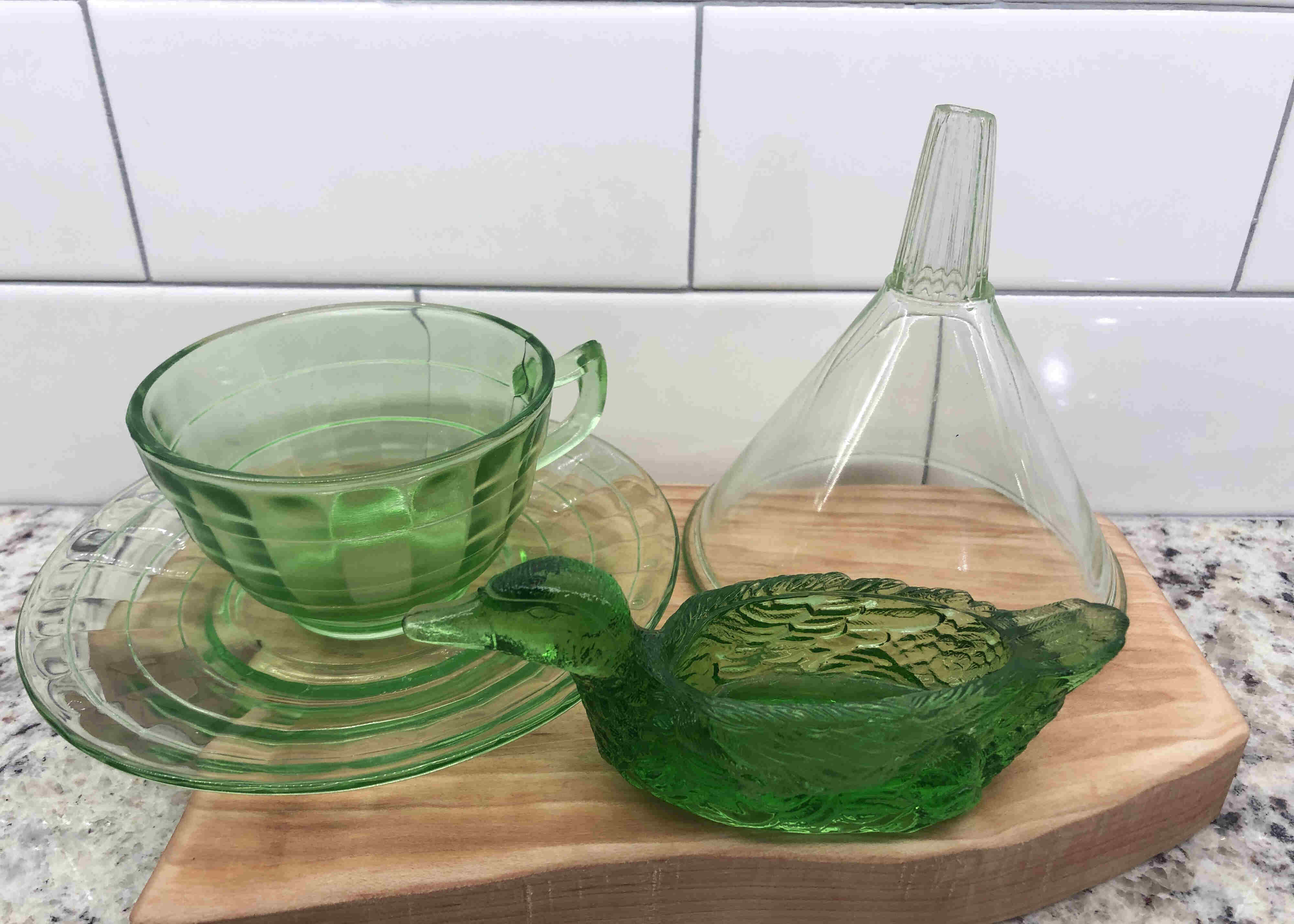
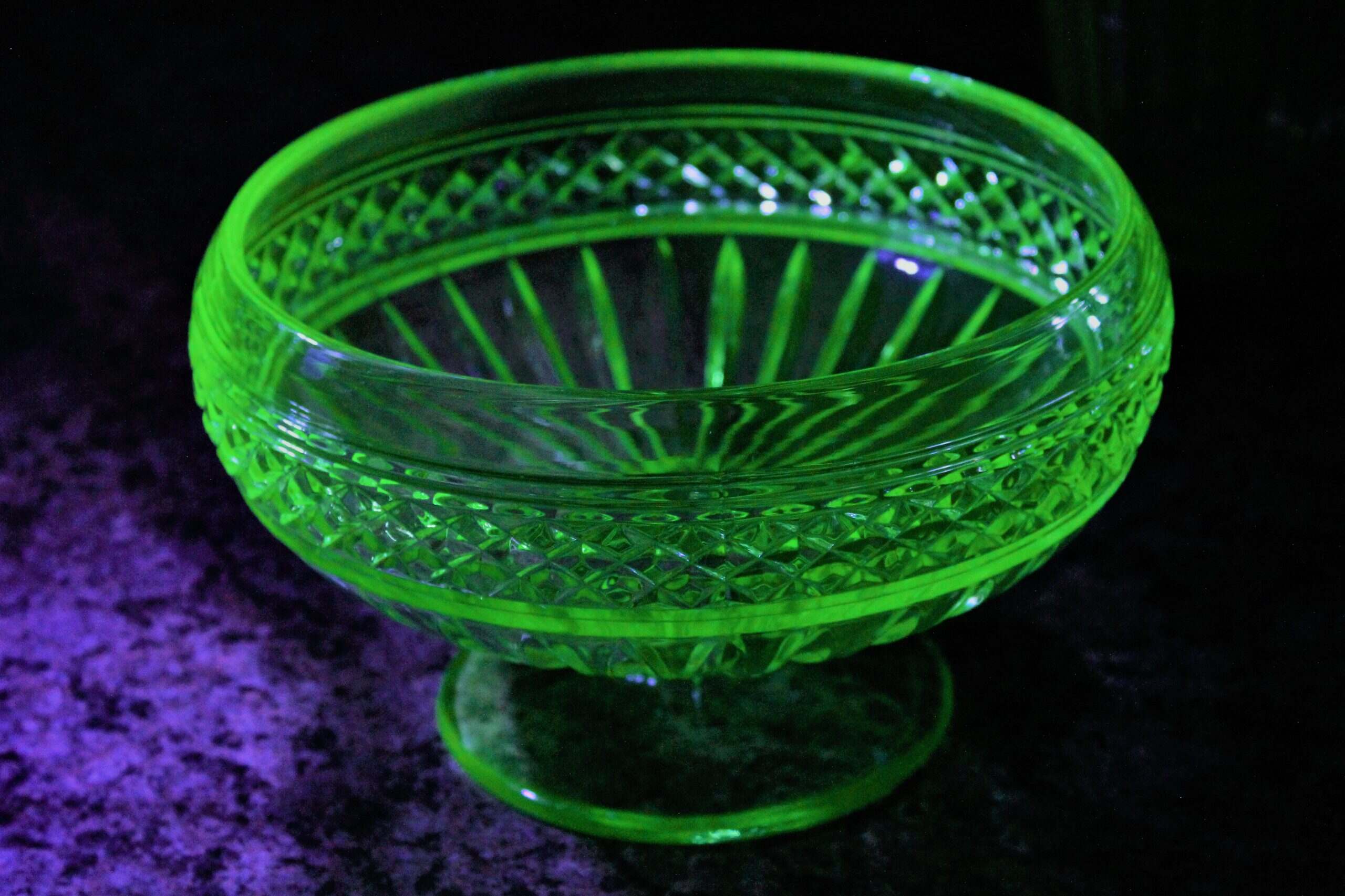
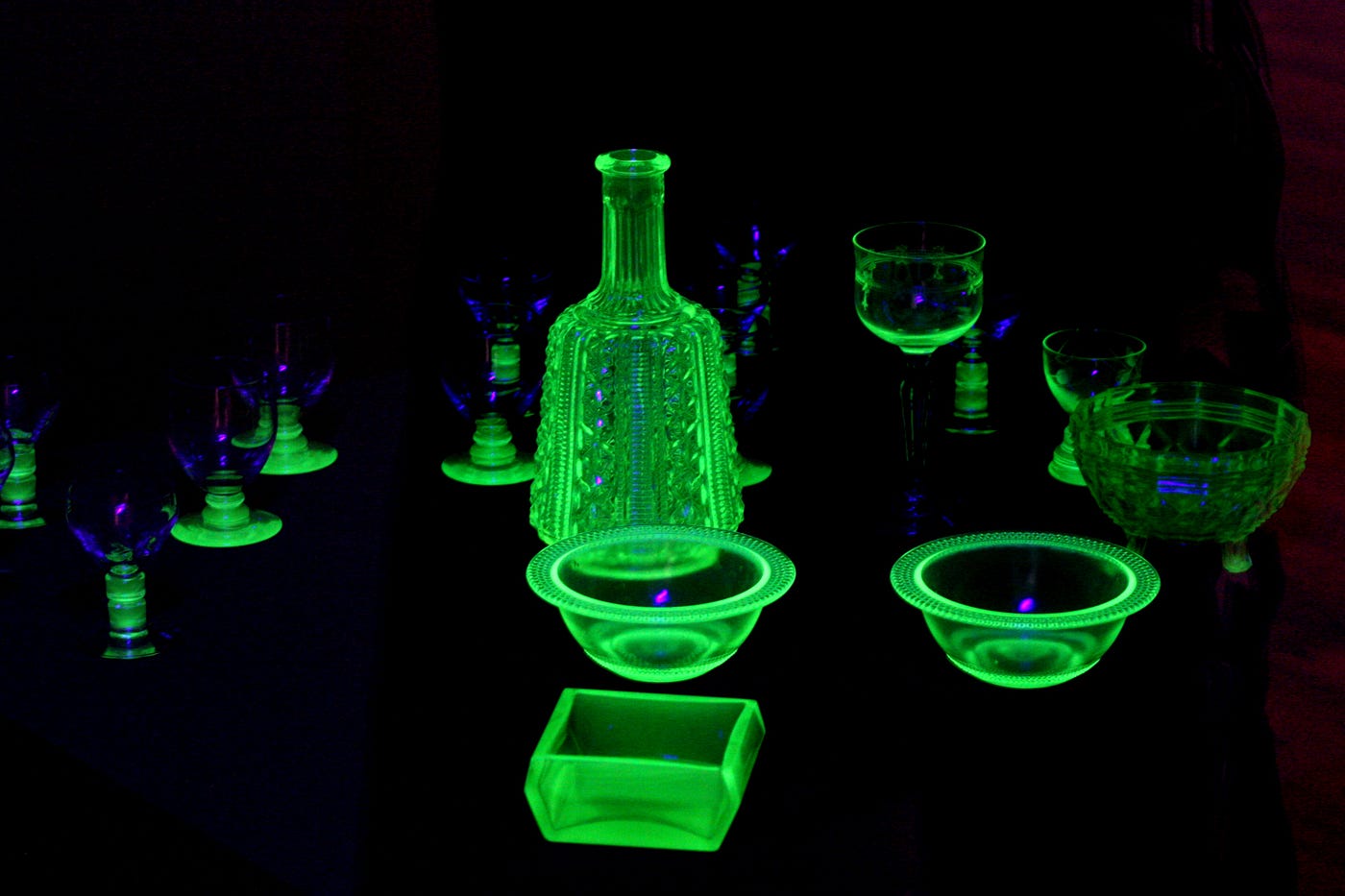

0 thoughts on “How Dangerous Is Uranium Glass”